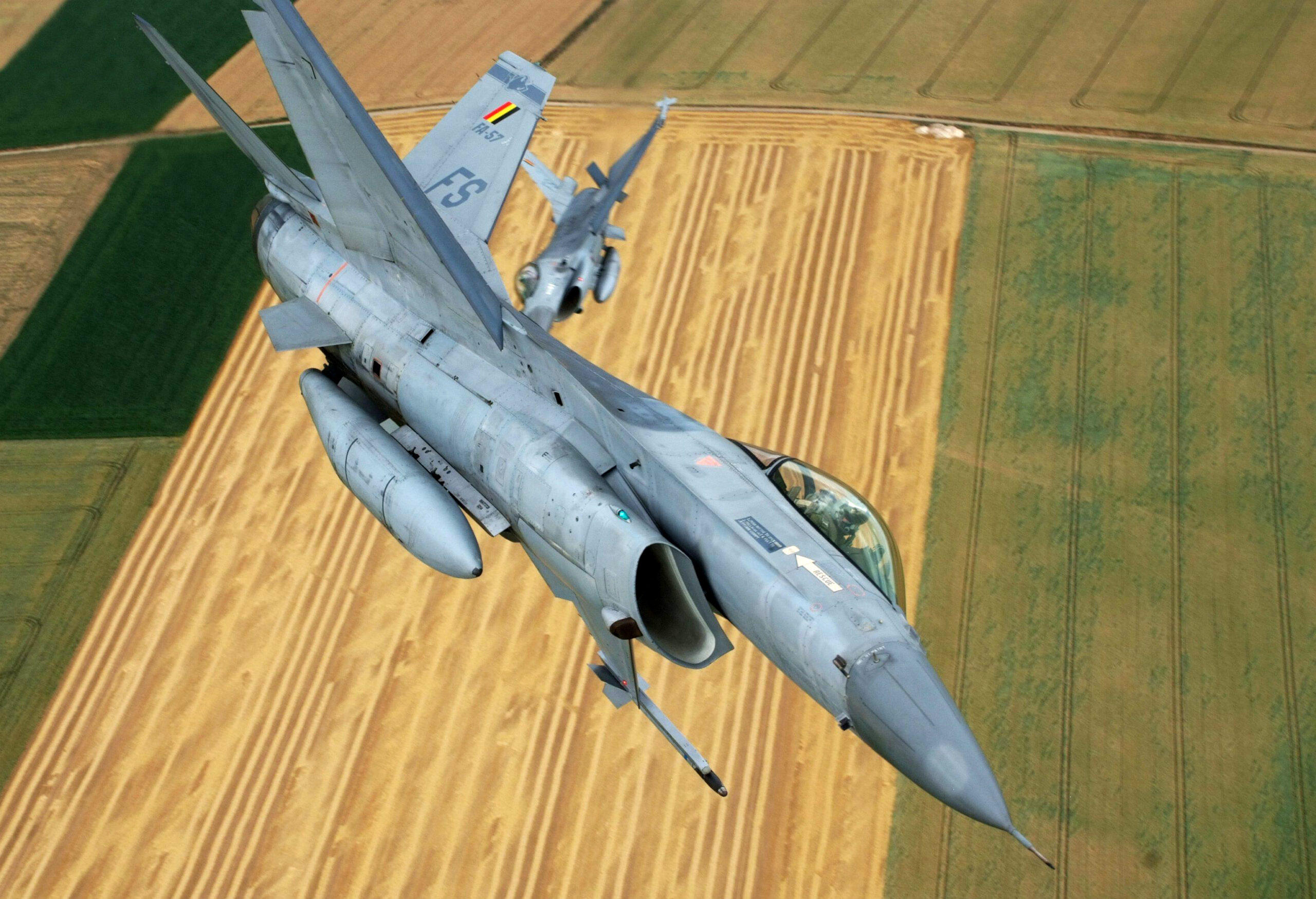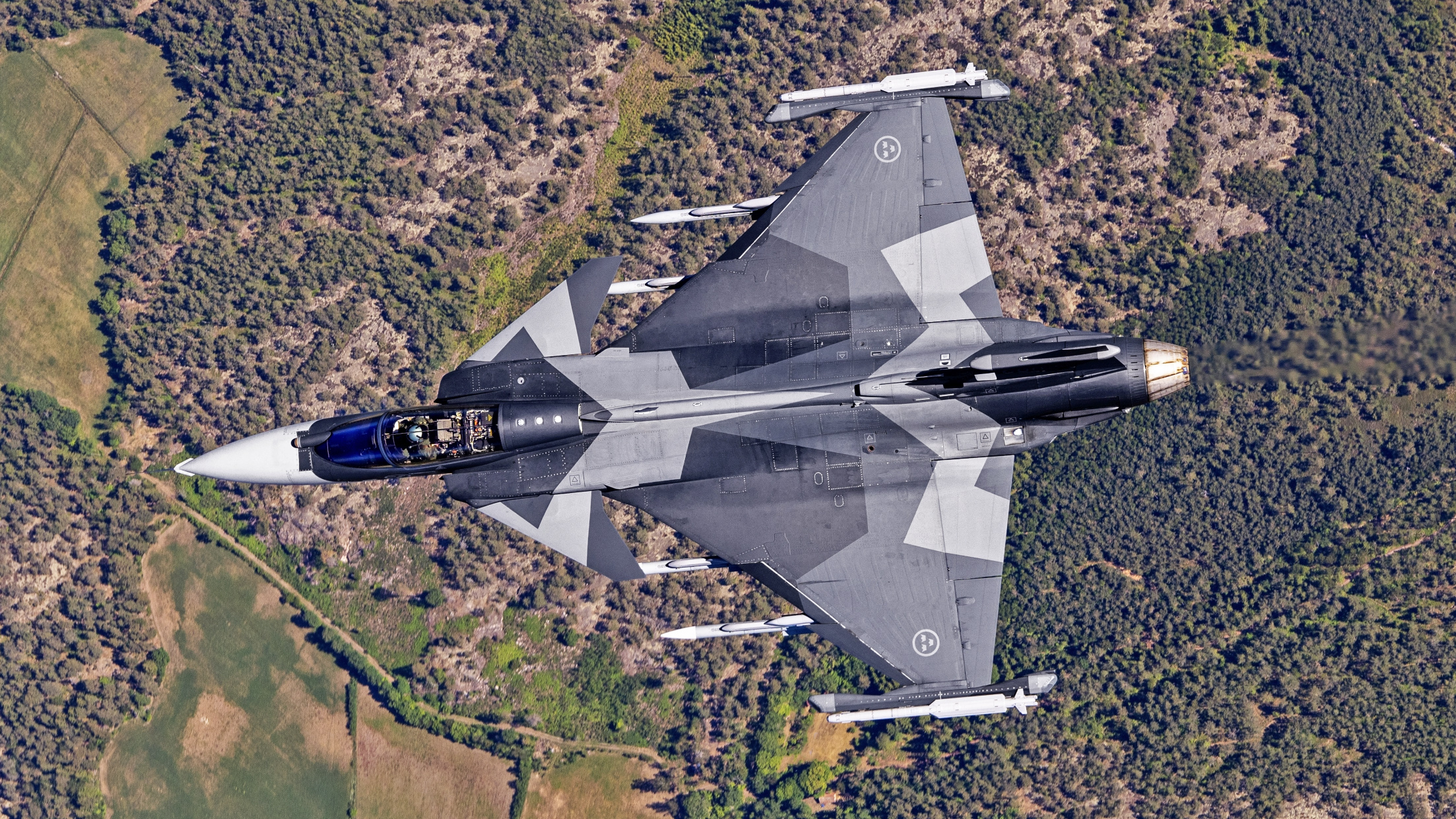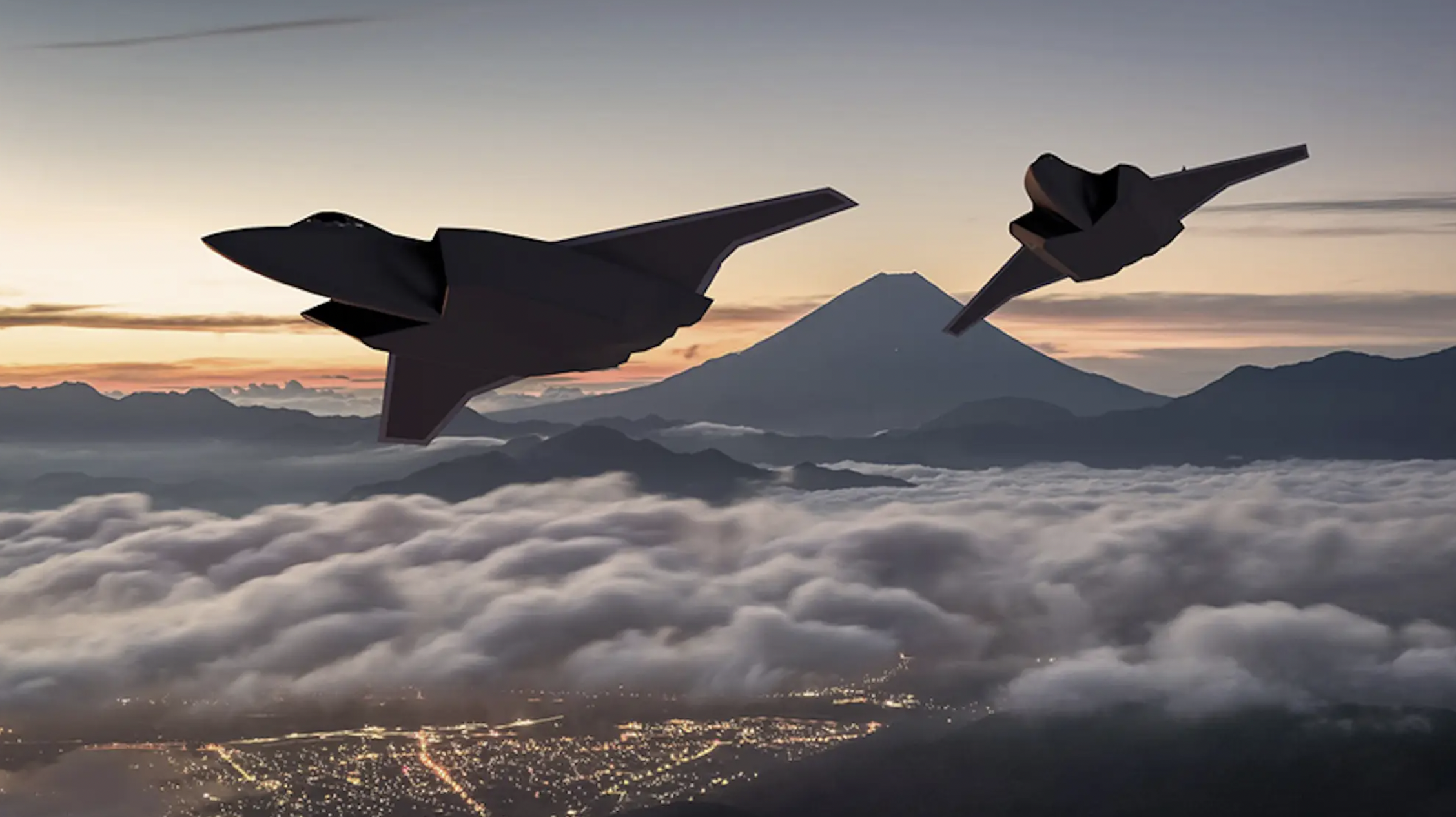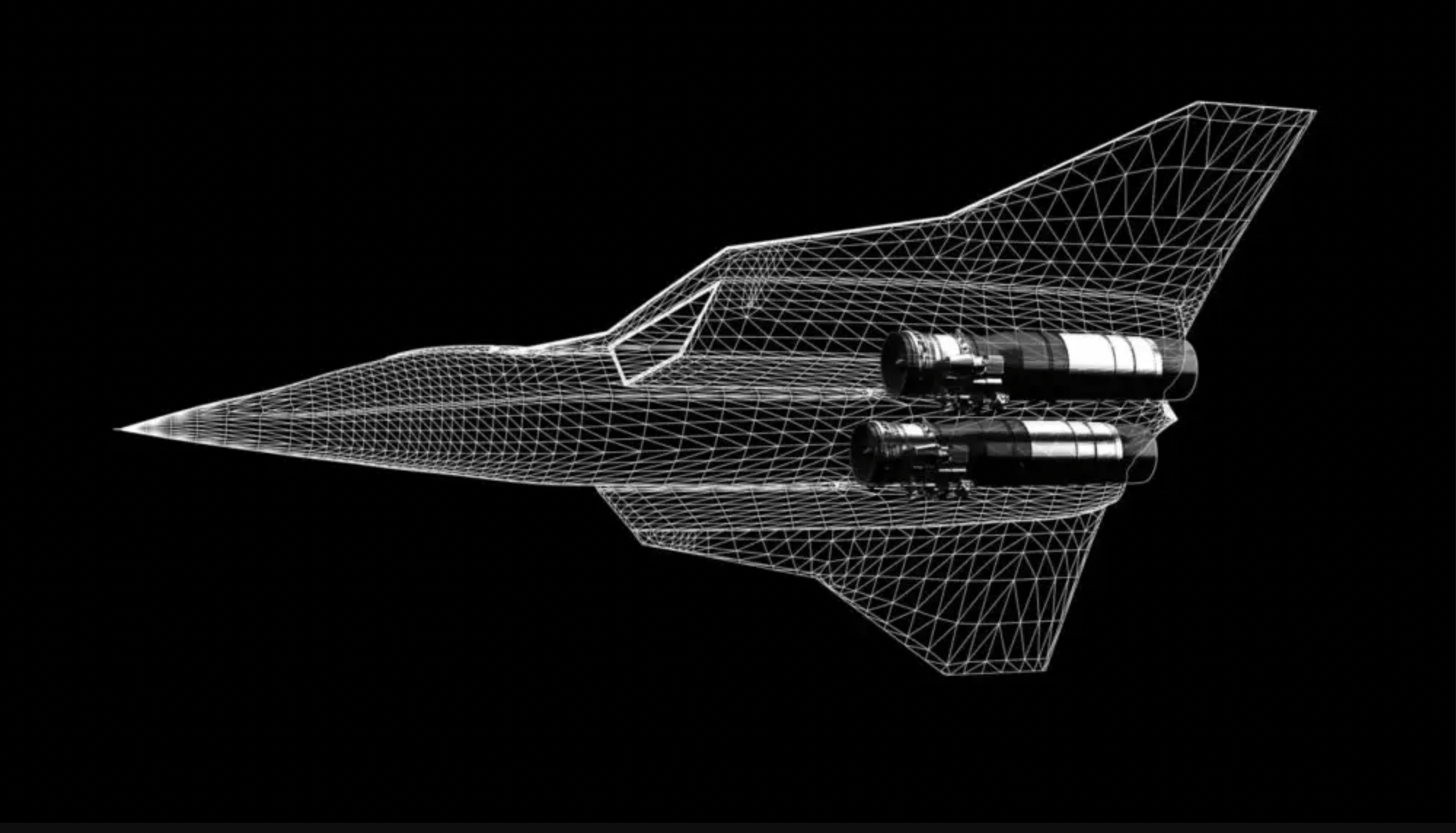Belgium has confirmed that it will join the pan-European Future Combat Air System (FCAS) next-generation air combat program, alongside France, Germany, and Spain. The announcement comes amid a period of flux in Europe’s sixth-generation air combat efforts, with Sweden having stated earlier this month that it’s no longer involved in Tempest, the project to develop the stealth fighter at the center of the rival British/Italian/Japanese Global Combat Air Program (GCAP).
In a post on the LinkedIn professional networking platform last week, and subsequently reported by Breaking Defense, Belgian Minister of Defense Ludivine Dedonder wrote that her country will officially become part of the European FCAS in June 2025. Ahead of this, Belgium will sign an “observer agreement” in December this year, “marking our commitment and a crucial step towards global security and innovation.”

Dedonder goes on to describe the development of a next-generation air combat capability under the European FCAS as “a unique opportunity for Europe.” She adds: “In this way, Belgium is committed to peace, stability, and innovation in defense, shaping a secure and prosperous future, together, for our nation and our partners.”
At this point, it’s worth noting that the British/Italian/Japanese next-generation air combat effort, which includes the Tempest fighter, has also been referred to in the past as the Future Combat Air System, confusingly providing Europe with two competing programs with the same FCAS terminology. Late last year, however, the British/Italian/Japanese team was effectively rebranded as the Global Combat Air Program (GCAP). At the same time, France also refers to the Euro-FCAS as the Système de Combat Aérien du Futur (SCAF).

While the Tempest crewed fighter is at the heart of GCAP, the pan-European FCAS involving France, Germany, Spain, and soon Belgium, includes a crewed fighter known as the Next Generation Fighter (NGF).
Both these programs also include an array of complementary technologies, among them ‘loyal wingman’ type drones and a new generation of air-launched weapons, not to mention sensors, engines, as well as data-sharing capabilities and communications architecture.

At the Paris Air Show in June this year, French President Emmanuel Macron stated that Belgium would join the Euro-FCAS program, although this was billed as participation “initially as an observer.” These plans now appear to have moved forward considerably.
It remains to be seen how deeply Belgium will become involved in Euro-FCAS, with decisions still to be made about its financial contribution to the program, as well as potential industrial involvement. As it stands, the major players are Dassault Aviation of France, Airbus of Germany, and Indra of Spain.

Unlike France, with its Rafale, and Germany and Spain through their involvement in the Eurofighter consortium, producing the Typhoon, Belgium doesn’t have active experience within a European combat aircraft program. However, as part of its commitment to the F-35, via the Essential Security Interest (ESI) program, Belgian industrial participation in the Joint Strike Fighter involves a number of smaller companies, including ASCO, Feronyl, ILIAS Solutions, SABCA, Sonaca, and AMI Metals.
As the F-35 Joint Program Office itself states, “The projects secured through the ESI program will bring cutting-edge manufacturing techniques and benefits, expanding Belgian industry’s skills and knowledge and providing high-tech jobs for Belgians for decades to come.”

That industrial capacity could now be harnessed to help support the Belgian stake in FCAS.
The fact that Belgium is already fairly deeply embedded in the F-35 program makes it something of a surprise that it has joined FCAS at this point. Germany, too, has committed to buying F-35s, but primarily for its ability to deliver nuclear weapons, choosing the U.S.-made jet when it had already joined FCAS as one of the lead partners.
In Belgium’s case, however, observers might have expected that the F-35 would satisfy its combat aircraft requirements for many years to come. Meanwhile, Eric Trappier, the Dassault CEO, had criticized Belgian plans to join FCAS, on the grounds that the country had rejected the Rafale (in favor of the F-35) to replace its hard-worked F-16 fleet.

It seems, however, that the promise of long-term Belgian investment in FCAS led to a change of heart from Trappier.
While Belgium’s commitment to FCAS is good news for the program, earlier this month, Sweden effectively walked away from the rival Tempest and GCAP.
Sweden, notably, had been one of the nations to show considerable interest in this program back when it was still widely known as FCAS.
However, by the time the tri-national GCAP effort was announced, Sweden was no longer being mentioned as part of the program, leading to doubts as to whether it was still involved.
Speaking at the International Fighter Conference 2023 in Madrid, an official told reporters that the country was no longer a part of Tempest having “walked away from tri-lateral studies with UK and Italy about a year ago and launched a national study.” The same official didn’t mention the reasons behind the decision but noted that the country has since launched a national study.
Nevertheless, there would appear to be scope, in the future, for Sweden to either rejoin GCAP/Tempest, or potentially the rival FCAS/NGF, depending on its own national requirements and industrial capacity.
There’s little doubt that with its long history of domestic design and construction of combat aircraft, as well as weapons and avionics, and now also digital design, Sweden’s Saab would likely have been a welcome partner in GCAP.

Aside from the decisions of Belgium and Sweden, it’s worth noting that there’s long been discussion in Europe over whether the continent is actually able to support two next-generation combat aircraft programs, with only limited resources to sustain them both.
Speaking in late 2021, Gen. Luca Goretti, the Chief of Staff of the Italian Air Force, said: “It is natural that these two realities will merge into one. Investing huge financial resources in two equivalent programs is unthinkable.”
This was not the first time that calls were made to bring the two initiatives together, even just in Italy, although the lead nations in each of the programs have understandably been resistant to the idea.

Nevertheless, there’s a significant degree of commonality in the aims of the programs, at least.
Both programs aim to have the crewed fighter component of the planned ‘system of systems’ in service sometime between 2030 and 2040.
Furthermore, as the example of Belgium demonstrates, the F-35 program can still have a significant impact on the successes of these two next-generation fighter programs.
The F-35 is steadily building an impressive footprint across Europe, reducing the potential customer pool for the FCAS and Tempest. In addition to Belgium and Germany, which are both also involved in FCAS. Spain, too, has been linked with a potential purchase of F-35s, as it seeks to replace a portion of its EF-18 Hornet fleet and its carrier-based EAV-8B Harrier IIs.

On the GCAP side, the United Kingdom, Italy, and Japan are all also Joint Strike Fighter operators.
Elsewhere in Europe, the Czech Republic, Denmark, Finland, the Netherlands, Norway, Poland, and Switzerland have all formally committed to buying F-35s, or they already have, while Greece and Romania look set to join them.
Of course, the sixth-generation capabilities that are espoused by the FCAS and Tempest should ensure that these aircraft offer a combat potential above and beyond even the latest versions of the F-35, but this will come at a cost. By their very nature, stealth fighter programs have proven to be very time-consuming and costly endeavors. At the same time, the F-35’s customer base in Europe and elsewhere is expanding fast, bringing down costs and ensuring greater interoperability and synergies for potential customers. These jets are also available now.

Spurred also by the war in Ukraine and the growing military threat posed by China, the situation on the world fighter market is looking up, with modernization drives underway as fifth-generation technologies become more widely available.
With the FCAS and Tempest both still at early stages in their development paths, the future of Europe’s two next-generation air combat programs will almost certainly see some significant changes to come, and the possibilities of new partners being added — or even existing ones moving on — seems more likely than not.
Contact the author: thomas@thedrive.com
